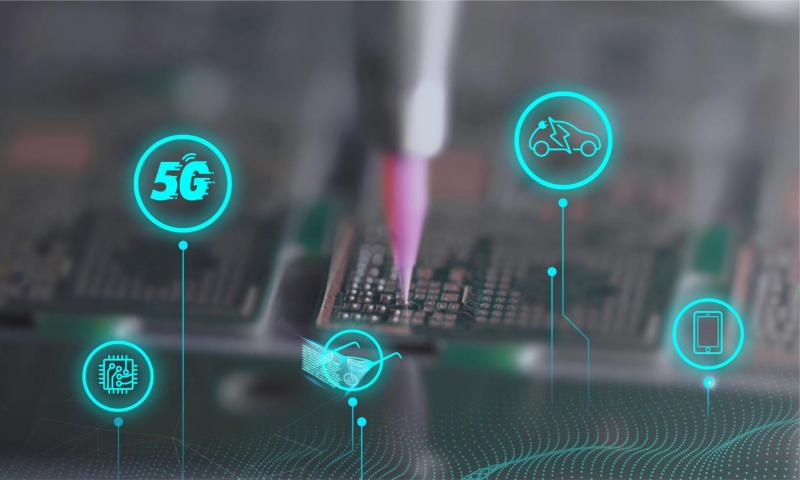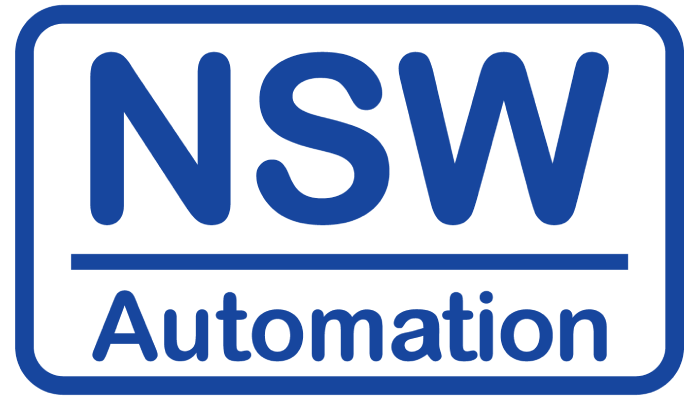How Microdispensing is important in the semiconductor industry?
By Wenjay Tew. Written on 10 Jan 2022, Updated on 28 Jan 2023

Fluid Dispensing and Micro-dispensing in Semiconductor/E&E Industry
Microdispensing crucial role in the semiconductor and E&E industry. Semiconductor industry is the core foundation of modern life. Without it, we wouldn’t have computers, cell phones, television, internet, GPS, or even a simple LED light bulb. Semiconductors, also known as chips, or semis, are used in thousands of products, including computers, smartphones, appliances, gaming hardware, and medical equipment.
In fact, this ability to transmit electricity easily from one part of a circuit to another makes a valuable material as a semiconductor. Without combining these electronic boards through the dispensing process, these boards can’t communicate with chips, rendering the function of the devices useless. Microdispensing or fluid dispensing is a critical process in electronic manufacturing. But how does it fill this critical role?
It involves the distribution of precise microfluid onto the surface of mass chips or silicon wafers before moving to the next manufacturing stage. Without this, semiconductors are not able to function as they should. For instance, a good quality solder paste dispensing should bond two conductive points securely. Once completed, it allows chips to conduct electricity and communicate with one another.
Microdispensing processes like this must be executed repeatedly and automatically at a microscopic level over long periods without human inspection. Any failure could result in significant losses for the manufacturer of the chip.

Growth of the Semiconductor Industry
The semiconductor industry has experienced tremendous growth over the last decade. According to the Global Semiconductor Market Report (GSMR), the global semiconductor market grew by a modest 3.3% in 2020 compared to a 2.8% average growth rate during 2017-2019. Market analysts project that the market will grow from USD 452.25 billion in 2021 to USD 803.15 billion in 2028, at a compound annual growth rate (CAGR) of 8.6% in 2021-2028.
An increase in electronics caused a global shortage of chips in response to the recent push towards a non-touch endemic economy. This is where we come in. This explosive growth is also primarily due to developing the “new generation” of faster microchips, using less power, and having higher performance than their predecessors.
Also, new markets are being created by artificial intelligence, the rise of cryptocurrency demands, Metaverse, 5G, Virtual Reality, flexible wearable devices, the Internet of Things (IoT), and machine learning technologies.
The manufacturing process of semiconductors is exceptionally complex. It involves a series of precise steps that must be carried out in a specific order and with great precision. If any of these steps are not performed correctly, the entire manufacturing process could be compromised, and the end product will not function as expected.
So How Does Fluid Dispensing/Microdispensing Help The Semiconductor Industry?
Distribute Fluid Volume At An Extreme Micron Level
Electronic manufacturers can now dispense liquid of preference onto chips with droplets thinner than a hairline at precise and repetitive rates. It lets engineers pack more powerful chips into a smaller, denser area needed for advanced semiconductor manufacturing and future technology.
Quality Assurance
Imagine if your smartphone starts failing, and it’s due to unprofessional soldering of its motherboard. The issue is so tiny and small. It happens internally in the microchips, and there’s nothing you can do about it because of the faulty manufacturing process during the time of its creation. Automated fluid dispensing systems help companies dispense, solder, and check the outcome of the whole process automatically with smart algorithms without manual work. This way, they can produce more reliable products and reduce their manufacturing costs.
Able to Dispense Into Tiny and Hard to Reach Areas
Precision Fluid Dispenser is a critical piece of equipment for soldering complex areas in the manufacturing line. It can save hours per run by automatically injecting the correct fluid into a process chamber without human intervention.
Furthermore, Micro Dispensing technology is particularly useful when a target product is compact and densely packed on a circuit board. In such cases, components are placed closely together with a very small pitch spacing, making it necessary to use smaller solder paste to connect them. While stencil printing is a commonly used method for applying solder paste, it can become impractical when the device is too small, as the stencil apertures may no longer be able to deliver the paste in a feasible manner. Furthermore, stencil printing can also lead to clogging when the application target requirement is too small.
In certain cases, the target might have an uneven irregular surface, needed to dispense inside of a cavity, in tight spaces or onto the wall of a chip cavity/holes. This is why microdispensing is becoming increasingly important in the manufacturing of high-value and complicated heterogeneous chips.
For more info about stencil solder vs dispensing visit here.
It Protects Chips Through Coating
Fluid Dispensing prevents moisture from reaching the microchip and causing corrosion. This is especially important when the chip is exposed to the environment, such as stored in an electronic device or located near an electrical source. It helps make electronic devices longer-lasting and prevents unnecessary electronic waste.
Contributing to detailed and sensitive tech
Besides products used by the general public like you and me, dispensing produces sophisticated high-end products such as tiny niched wearables such as extreme use military devices, satellite, aerospace sensors, telecommunication module, biotech, and medical lab kits.
It Is The Backbone Of The Chip Manufacturing Process
Without it, there would be no chips which are building blocks of all digital information and devices. If there is no dispensing process, crucial precision manufacturing tasks such as micron level soldering, cavity filling, material filling, protective coating, and LED Encapsulation would not be possible.
Our company plays an important role in keeping and developing the world thru high precision microdispensing technology. It is an industry that never sleeps and will continue growing as we head towards deeper innovations into digitalization and tech. Full article about this topic on Malaysiakini
[Fancy_Facebook_Comments]
